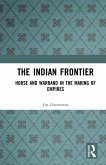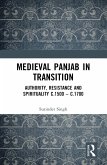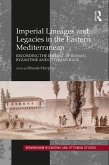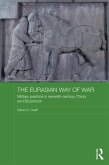Hindus constituted the largest segment of the migrants. They became an object of local curiosity because of their rituals and social practices. They also became an object of jealousy. Indians did not enjoy political and administrative support as the European East India Companies did. Occasionally local rulers consulted them and sought their advice.
Three essays deal with Indian traders in Iran in the seventeenth and eighteenth centuries. One essay discusses trade between India and Iran in the fifteenth century. There are papers discussing activities of Indian traders in West Asia, Yemen and South East Asia in the seventeenth and eighteenth centuries. The conclusion focuses on Indian merchants and the Indian Ocean in medieval times.
The author concludes that Indian traders did not enjoy political and royal support, essential for success. He also affirms that crossing the seas did not lead to social boycott by their caste-men. This taboo came much later, probably with the advent of British rule in the nineteenth century.
Dieser Download kann aus rechtlichen Gründen nur mit Rechnungsadresse in A, B, BG, CY, CZ, D, DK, EW, E, FIN, F, GR, HR, H, IRL, I, LT, L, LR, M, NL, PL, P, R, S, SLO, SK ausgeliefert werden.









